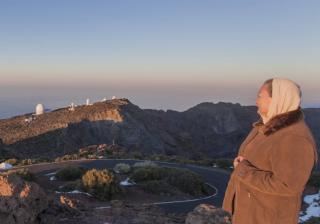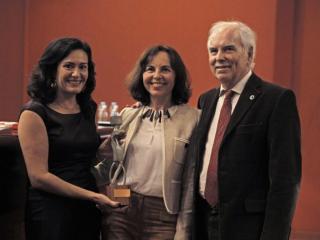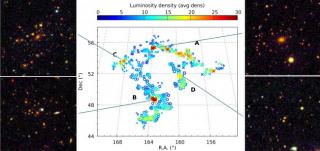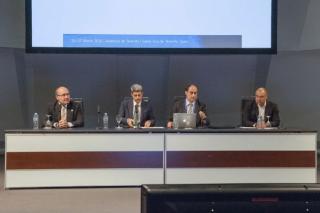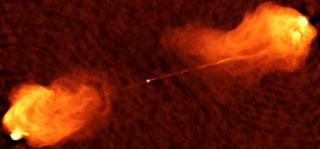
Novel observations by an international group of researchers with the CanariCam instrument on the Gran Telescopio CANARIAS provide new information about magnetic fields around the active nucleus of the galaxy Cygnus A
Advertised on
This section includes scientific and technological news from the IAC and its Observatories, as well as press releases on scientific and technological results, astronomical events, educational projects, outreach activities and institutional events.


